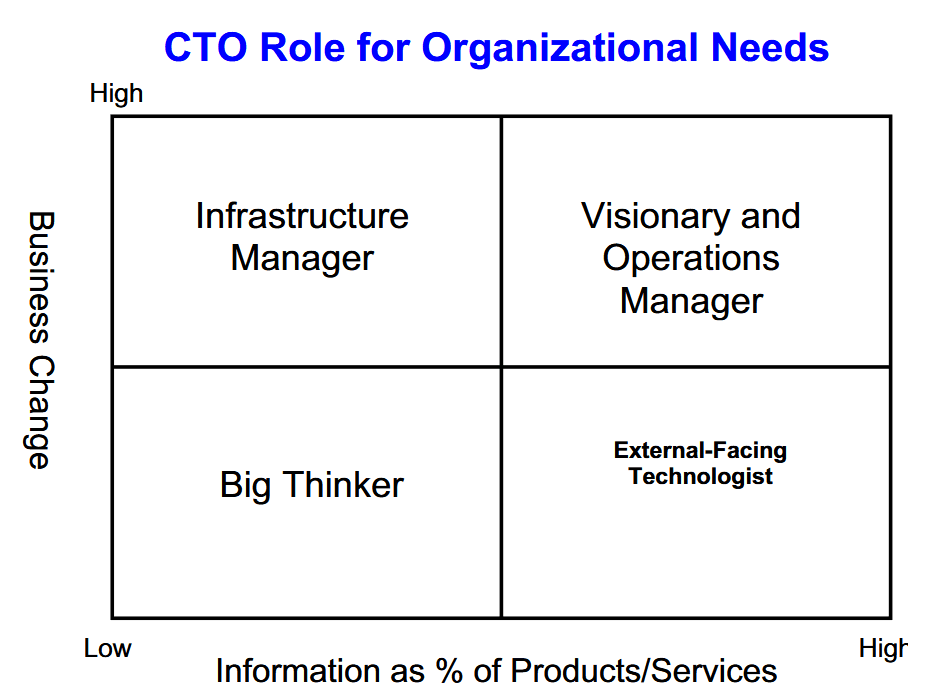The Evolving Role of a CTO: A Personal Reflection
Introduction
Being assigned the title of CTO early in my career came with its own set of challenges. While I lacked experience, I was driven by passion and a desire to improve processes. Over time, my responsibilities evolved, and I began to focus on defining what it truly means to be a CTO. This article explores that journey and the frameworks that help shape this role.
Intuitive Evolution Toward the CTO Role
Early on, I intuitively recognized the direction in which I needed to evolve. I noticed recurring issues in collaboration, planning, and scalability, and I sought solutions that would improve efficiency and communication. Without formal guidance, I began addressing these challenges by introducing structured design systems, refining planning and estimation frameworks, and fostering clearer communication among teams.
Interestingly, when I later encountered Tom Berray's CTO Role Framework, I realized that my approach aligned closely with the Visionary and Operations Manager role. Even before I knew of this framework, I was naturally gravitating toward responsibilities that balanced innovation with operational efficiency. This realization reinforced my confidence in my ability to adapt and grow within the role of a CTO.
Defining the CTO’s Role
Now, let’s get to the main topic: What are the responsibilities of a CTO, and in which direction should I evolve?
In an interview, Nathan Myhrvold, former Microsoft CTO, was asked what a CTO does. His response: "Hell if I know." He then reflected on examples of great CTOs but struggled to name any. This response resonated with me. It suggested that a CTO’s role is highly dynamic, shaped by the context of their organization.
With this in mind, I searched for a framework that could provide a structured understanding of the role of a CTO.
Tom Berray’s CTO Role Framework
One framework that stood out to me is Tom Berray’s CTO Role Matrix. It categorizes CTO roles based on two key factors:
- The extent of business change impacting the organization, whether from internal or external pressures.
- The percentage of information (as opposed to physical assets) in the organization’s suite of products and services.
This matrix identifies four CTO archetypes:

1. Big Thinker (Lower Left Quadrant)
Organizations in relatively stable industries, such as food services and chemicals, fall into this category. Here, the CTO acts as a strategic thinker, identifying opportunities and mitigating risks without being deeply involved in daily operations.
2. Infrastructure Manager (Upper Left Quadrant)
In industries with significant business change—such as those experiencing frequent mergers—the CTO’s primary role is managing infrastructure. The focus is on cost reduction and creating a unified technology ecosystem across business units.
3. External-Facing Technologist (Lower Right Quadrant)
For companies where information is a critical component (e.g., software and consulting firms), but the business landscape is stable, the CTO plays an outward-facing role. They drive innovation, guide future product strategies, and represent the company externally.
4. Visionary and Operations Manager (Upper Right Quadrant)
Organizations experiencing rapid change and relying heavily on information technology need a CTO who balances vision with execution. This role demands expertise in technology potential and implementation, ensuring scalability, reliability, and rapid adaptation.
Where Do I Fit?
I noticed that I am evolving into the Visionary and Operations Manager role. While I still do not feel experienced or skilled enough to fully embrace the title of CTO, I am certainly getting there. Understanding this has helped me refine my approach to leadership. Instead of trying to fit into a predefined mold, I recognize that my responsibilities will continue to evolve alongside my organization’s needs.
Conclusion
The journey of a CTO is not a linear path but a continuous evolution shaped by business needs, technological advancements, and leadership challenges. By systematically addressing design collaboration, project planning, and team scalability, I have gradually grown into my role. However, there is still much to learn and refine.
Moving forward, I will continue to explore frameworks and methodologies that help define my responsibilities and maximize my impact. Perhaps, in the future, I will be able to answer the question “What does a CTO do?” with more clarity than Nathan Myhrvold did.